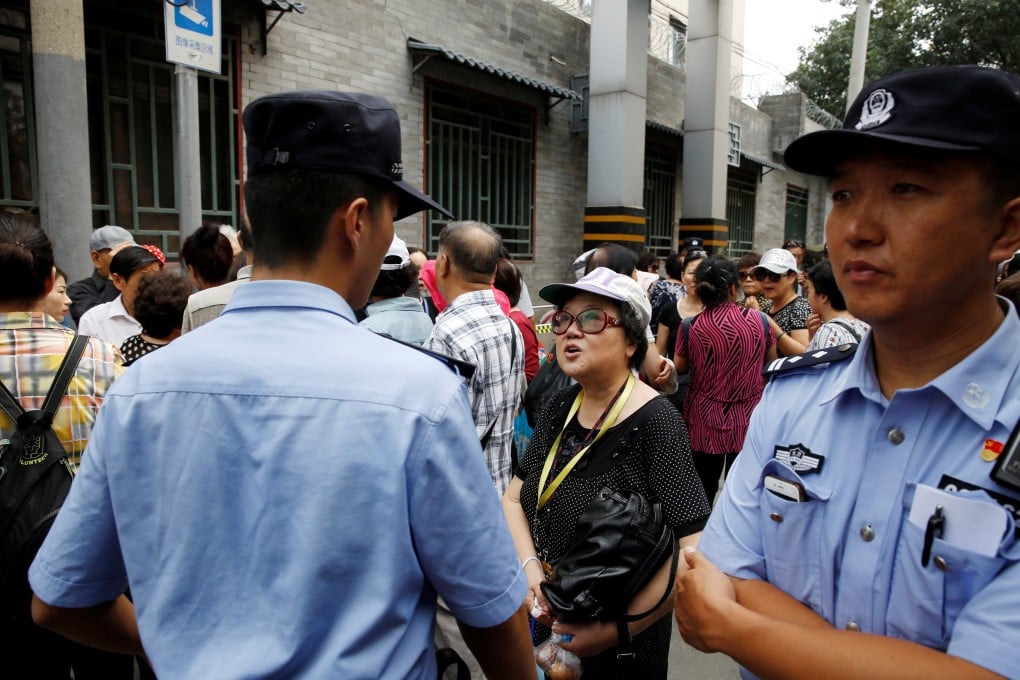China’s scandal-plagued P2P sector faces ‘continued pressure’ in 2020 amid tightening regulation
- Once seen as a valuable source of credit for vulnerable consumers and businesses, China’s peer-to-peer (P2P) lenders have been embroiled in a wave of scandals
- The internet-based lending industry faces ‘further industry contraction’ amid increased regulatory and capital requirements in 2020, analysts say

China's peer-to-peer lending market looks for further disruption this year with more platforms likely to be shut down as regulators attempt to rein in the scandal-plagued sector despite huge demand for credit from small businesses and individuals.
The peer-to-peer (P2P) industry has emerged as a valuable source of credit for vulnerable consumers and businesses that cannot access loans through the traditional banking system, although the internet-based lending platforms still only make up a small amount of borrowing in the country.
“The increased regulatory and capital requirements for China's P2P lenders should continue to put pressure on the sustainability of business models across the sector in 2020, leading to further industry contraction,” said Katie Chen, director for non bank financial institutions at Fitch Ratings.
The increased regulatory and capital requirements for China's P2P lenders should continue to put pressure on the sustainability of business models across the sector in 2020, leading to further industry contraction
Tighter regulation saw the number of P2P services plunge to 343 in 2019 compared to 2,680 in 2016, with more than half of the platforms now based in Beijing. Gansu, Hebei, Hunan, Chongqing and Sichuan were among the provinces that ordered a complete shutdown of P2P lending last year.